Latests posts
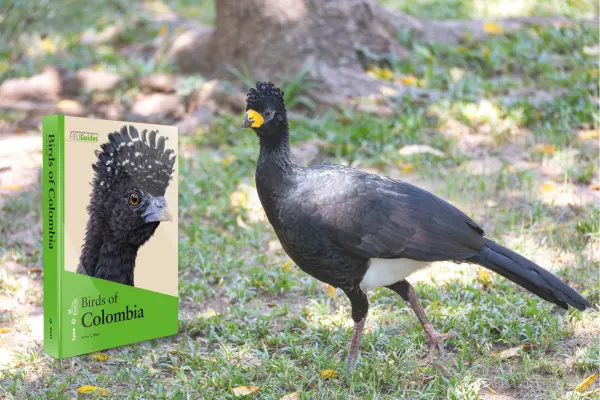
Birds of Colombia: A Journey Through the World’s Most Bird-Rich Nation
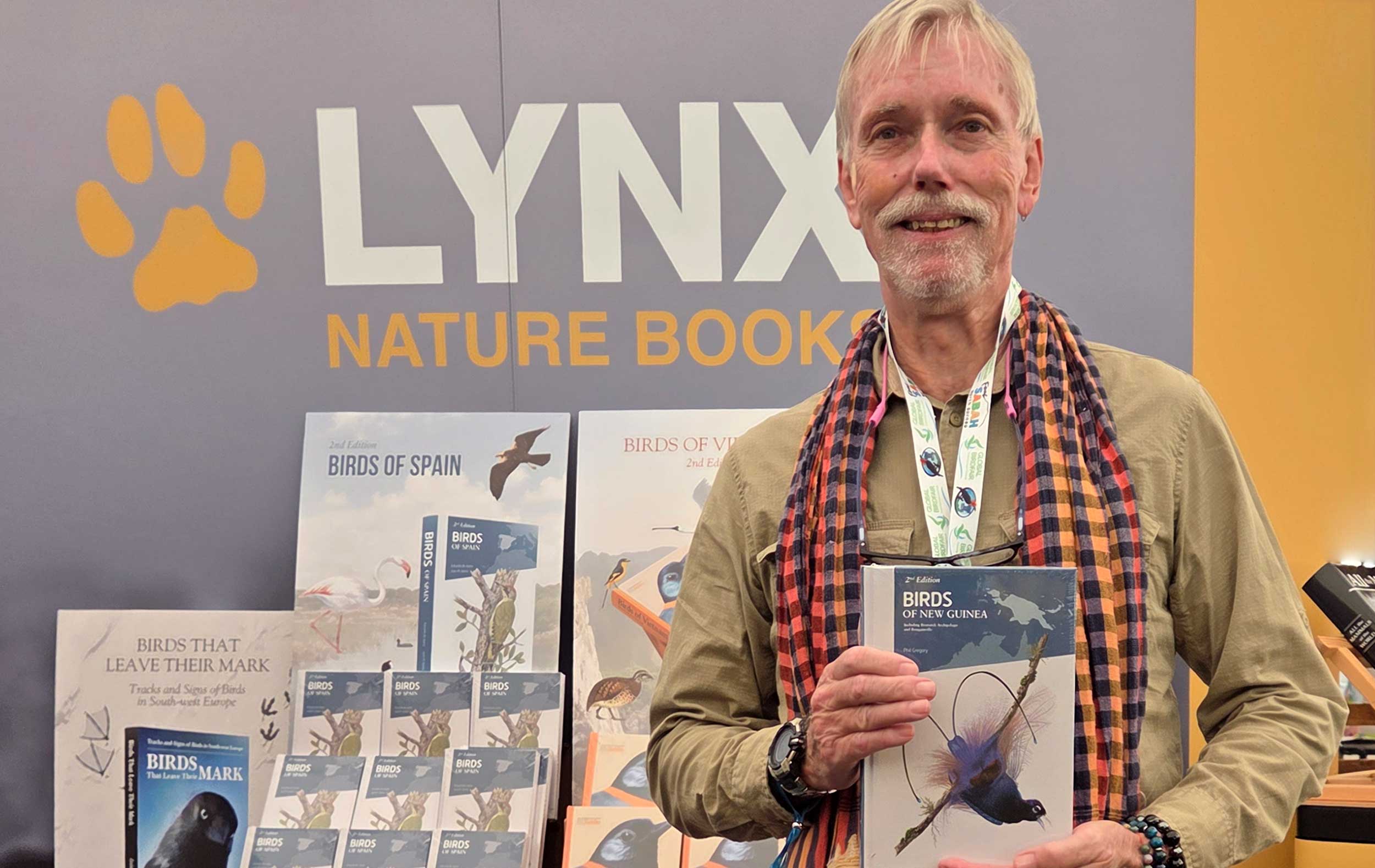
Birds of paradise and beyond: the new edition of Birds of New Guinea

Birdwatching in Spain: a guide to species, habitats and the joy of birding
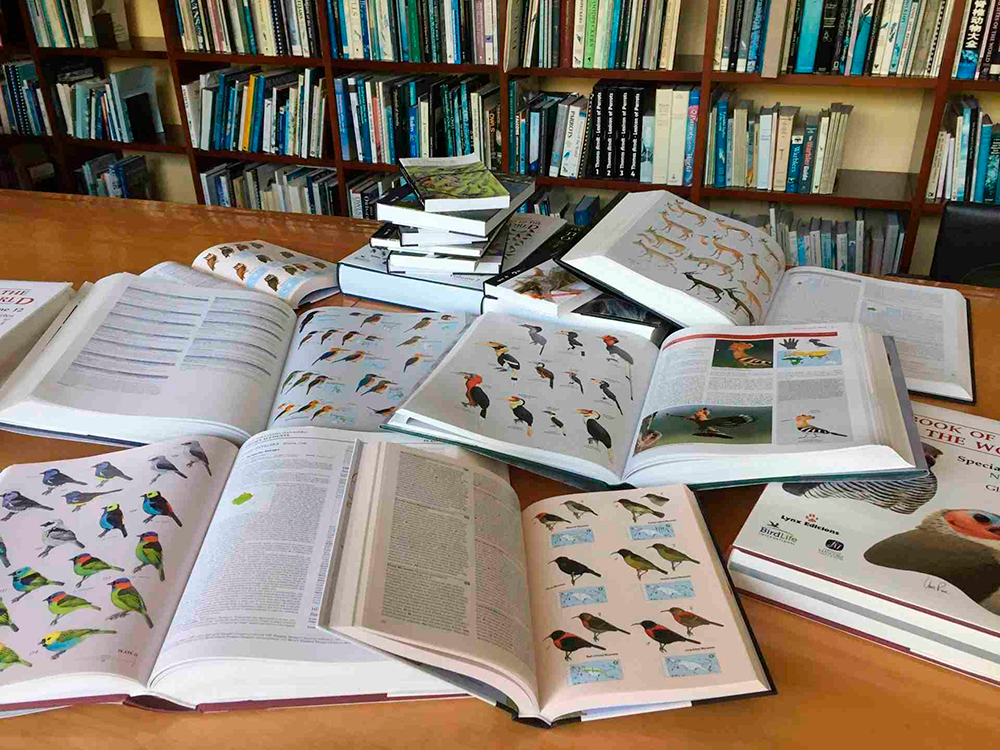
Why books matter for nature: the role of scientific publishing in conservation
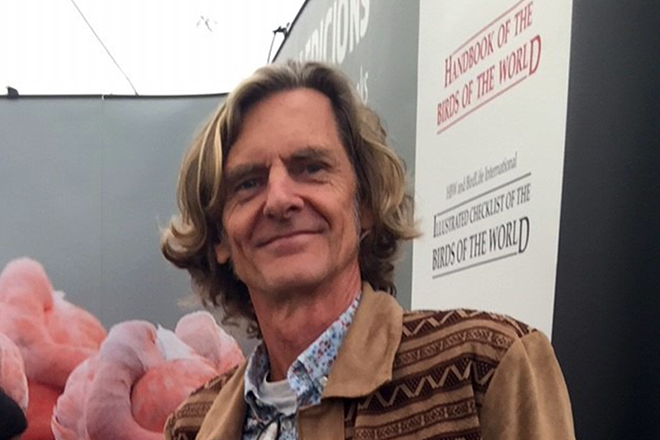
Vietnam’s birds revisited: an interview with Richard Craik on the new edition of Birds of Vietnam

Seabirder, author and artist Peter Harrison discusses “SEABIRDS: The New Identification Guide”

Once bitten, twice shy: between the covers of the second edition of the Birds of the Indonesian Archipelago
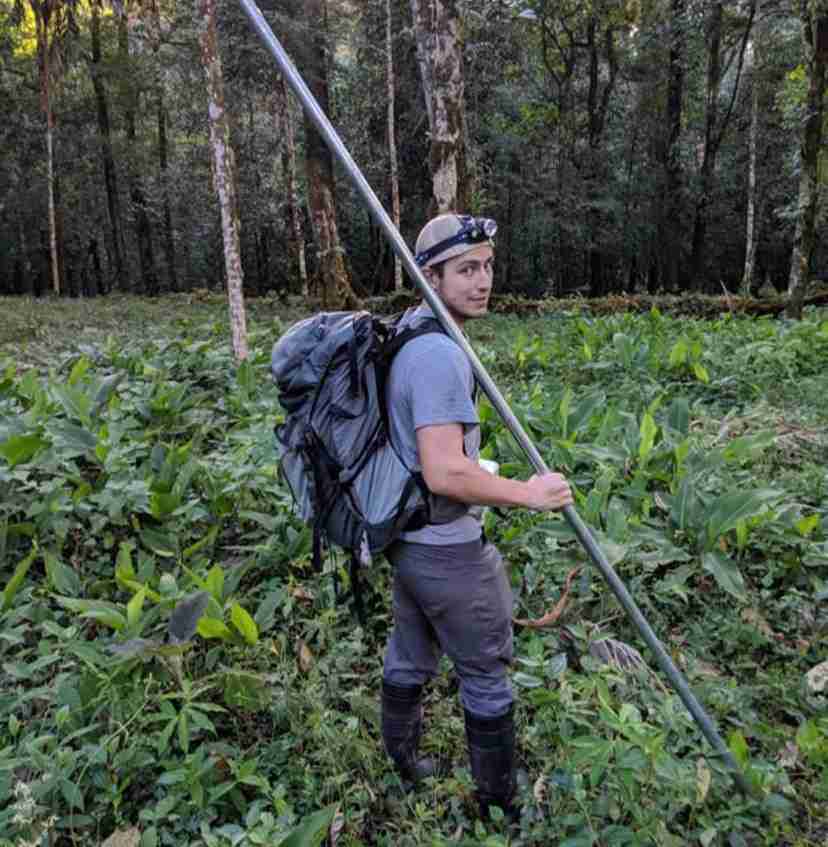
Taming the wild world of mammalian taxonomy with Connor Burgin
News from the Batcave with Ilian Velikov
Ilian Velikov is a wildlife artist and the main illustrator of the forthcoming volume of the Handbook of the Mammals of the World series, Volume 9: Bats. Is his current assignment driving him batty? Here is what he had to tell us…
When and how did you begin illustrating animals? How did you get hooked?
I’ve been drawing since a very early age. My first drawing was a big red lobster when I was around two and a half years old. My interest, and consequently love, for nature came not long after that, so animals have always featured in my artwork. I also grew up in a place where I was surrounded by nature, so I was going out to observe it long before drawing became my job. This is something that I still do now on a regular basis, usually accompanied by my wife and my very curious four-year-old daughter. After high school I studied and then worked for a long time in the animation industry. I finally got the chance to combine two of my greatest passions—drawing and nature—when I was invited by Jeroen Speybroeck to illustrate the Field Guide to the Amphibians & Reptiles of Britain and Europe. Following the publication of this book I was contacted by Albert Martínez from Lynx Edicions with the proposition of a possible future collaboration on one of their projects. At this time I was living with my family in the UK, but not long after we moved to Sant Cugat del Valles [a suburb of Barcelona] because I got another, unrelated, job in Barcelona. By chance it turned out that this is only a few kilometers from Bellaterra, where Lynx Edicions is based. So that’s how I got to meet with the like-minded people working there, and now I’m illustrating the kinds of books that I’ve been dreaming to illustrate since I was a little boy.
What’s your normal routine when you draw the bats of a particular family?
First, I start by doing extensive research for visual references, so I can get an overall idea of what the species of the particular family look like. After I’ve gathered as many useful photos as I can, I start reading about those species. While I read, I take notes in my notebook and try to summarize all the information, mainly related to size, the relevant measurements, and other external features specific to the species. Once I have all this, I make very rough sketches of the species that are going to be featured on the plate that I’m doing. I do this because then I use those sketches to make a layout with the correct size (in a reduced scale, of course) of each species on the plate. This gives me a clear idea of the position of each drawing and the overall arrangement of the plate. Then I just draw every species one by one. I make a clean line drawing, then paint solid colours, and then add shading and highlights until I achieve a result which I’m happy with. Finally, I replace the sketches on the rough plate with the final drawings.
Which group of bats do you think is the most difficult to illustrate and why?
Bats in general are not easy to illustrate. Although not the only such animals, they have a very unique physiology with different shapes, colours and textures of fur, skin and bones, which makes them an interesting, but also time-consuming, subject to draw. For example, an elephant has a difficult-to-draw skin texture, but it has more or less the same texture all over its body and it is also the same colour throughout. A giraffe has a difficult-to-draw colour pattern, but again it is the same all over its body. A bat could have one length and texture of fur on one part of its body and different one on another. It could also have one colour of skin and texture on the face, and a different one on the wing membranes. Sometimes even the wing and tail membranes of the same bat have different colour and texture. Not to mention the sheer amount of variation of these and other features within the order Chiroptera. Maybe the most challenging are the bats with complex noseleaves, such as Rhinolophidae and Rhinonycteridae. This is partly because of the lack of good visual references for the many obscure species. However, once you figure out the anatomy of those noseleaves, i.e. you know which part is which and where this or that skin fold comes from, things get easier. So, yes, bats are not easy to draw and at times it is tiring, but I like the challenge and the rewarding feeling when I succeed, especially knowing that your drawings would be a part of such an incredible book.
What have you learned after illustrating so many bats?
Well, one of the best parts of this job, for someone as fascinated by nature as me, is that you learn tons of stuff while drawing animals. Besides greatly improving my technique for drawing mammals, I also learnt a lot about the bats themselves. Before I became a part of this project, I knew little about them, but it gave me the opportunity to familiarize myself with the variety of bat species and their physiology, as well as other interesting things about their lives. Now I’m pretty confident that I can identify any bat to the family level, and some even to species, just by a glance. I became overall more aware of bats, and I look at them with different eyes whenever I see them around the place where I live. They are no longer just a blur of a small flying mammal, but rather something that I know stuff about. I know which family the local bats belong to, I know what time of the day they are active, where they roost, I can answer my daughter’s questions about them… All this gives me a different perspective and a new appreciation for these amazing animals.
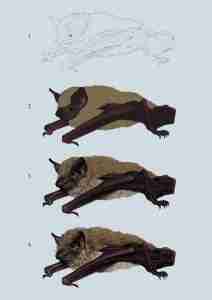









 Copyright 2025 © Lynx Nature Books
Copyright 2025 © Lynx Nature Books